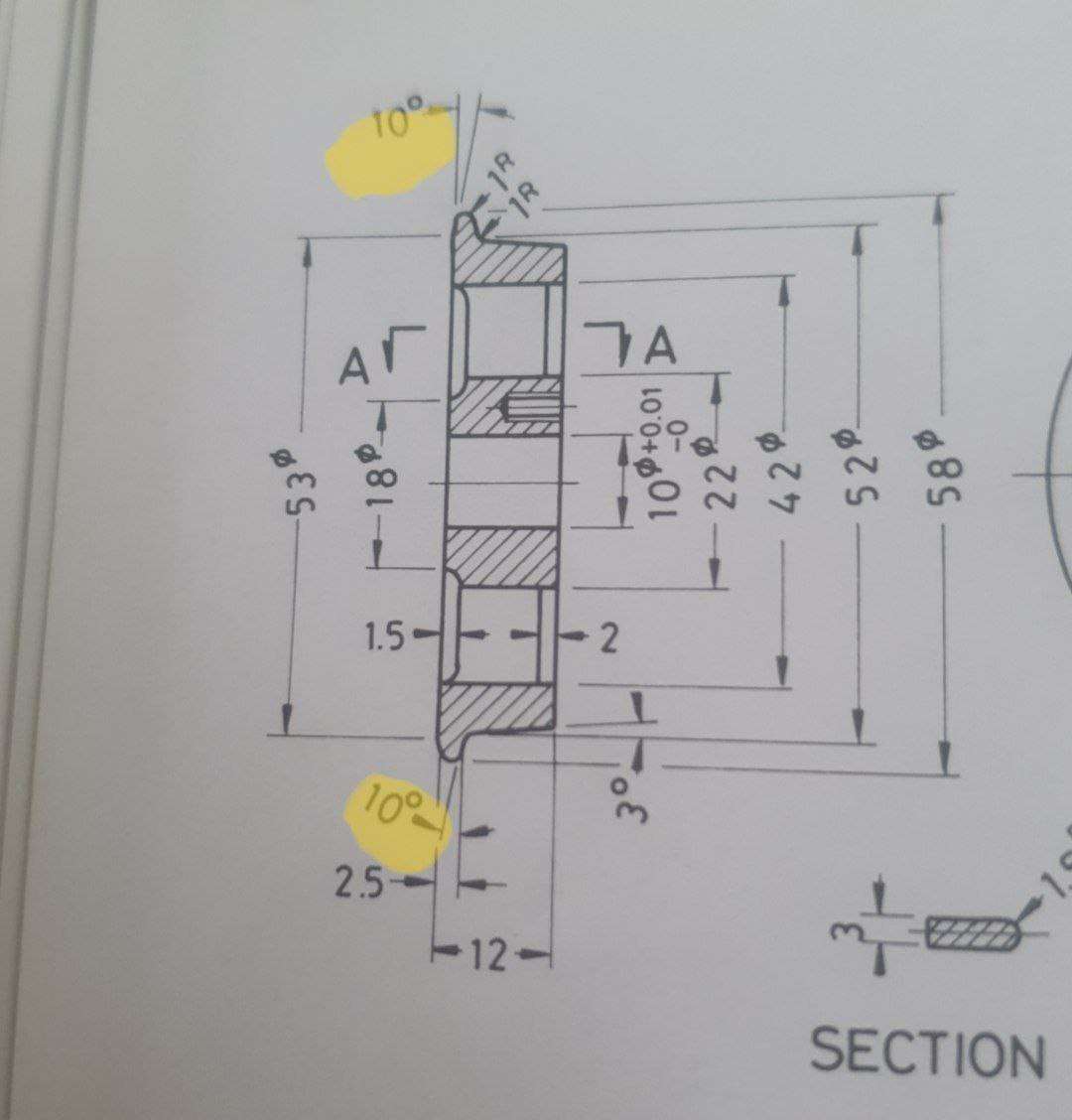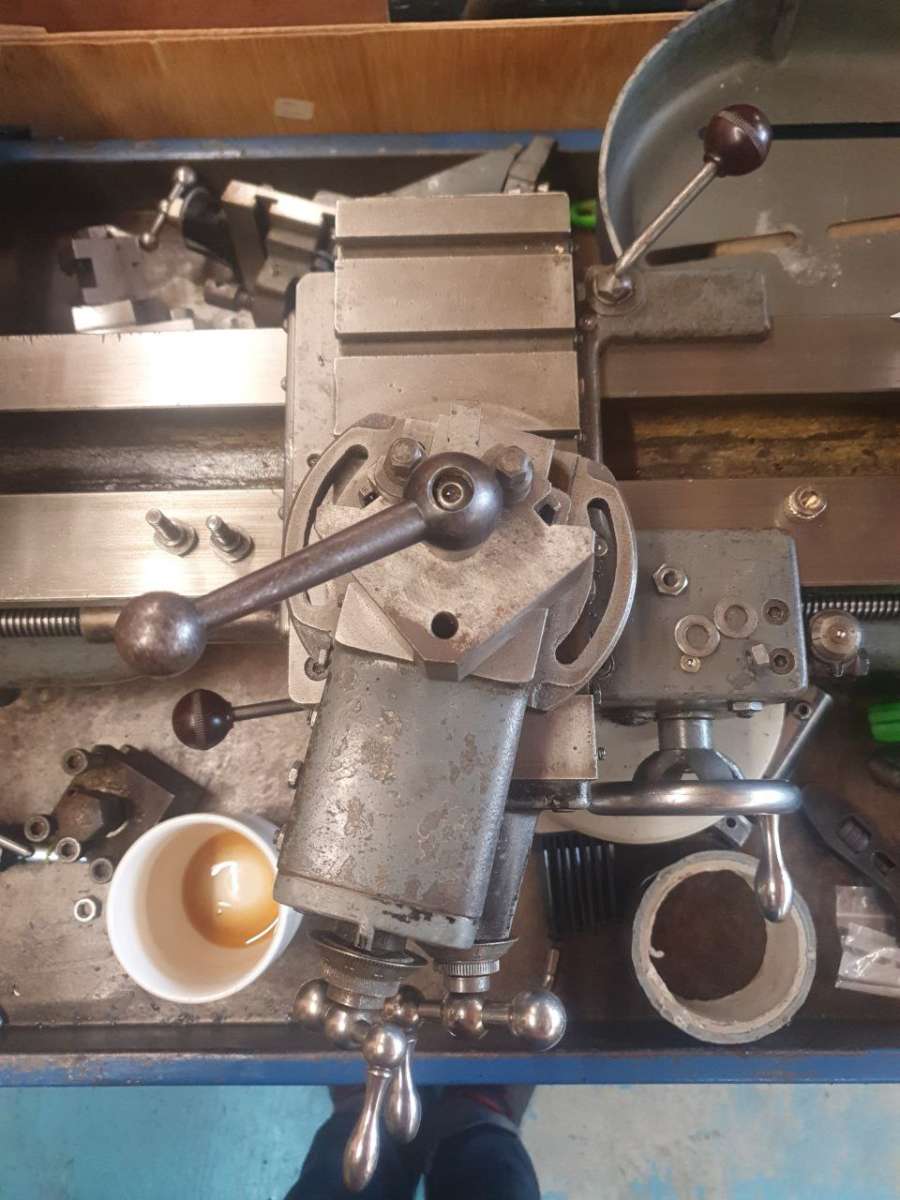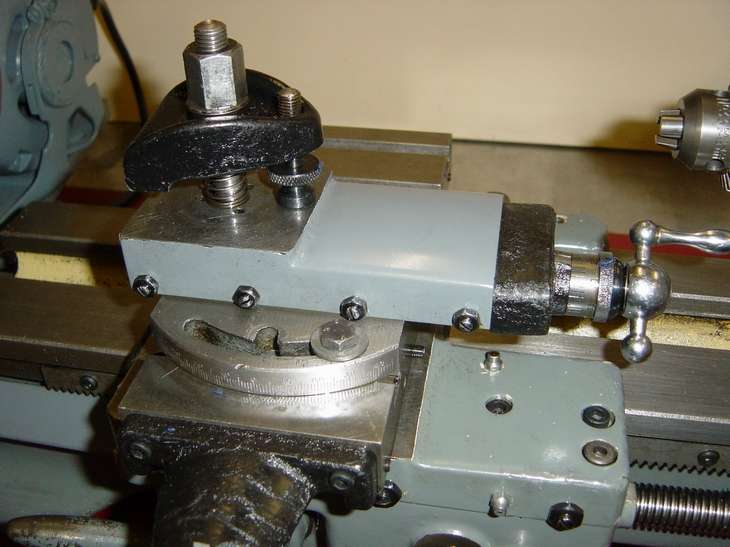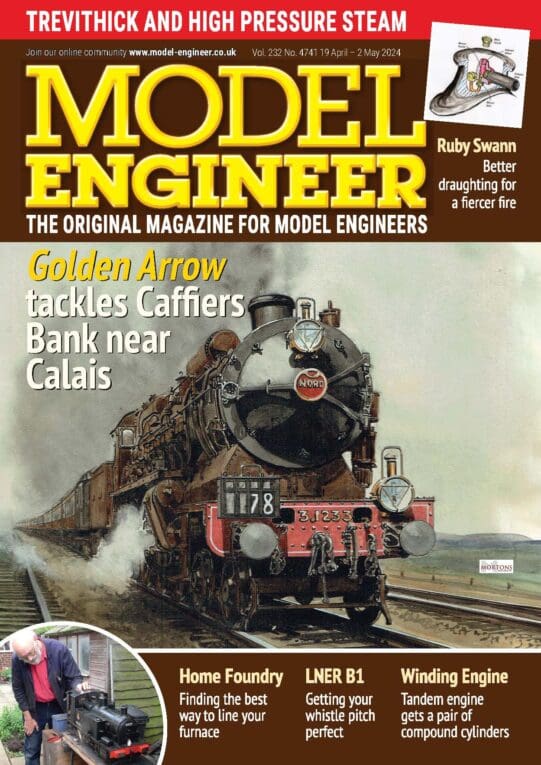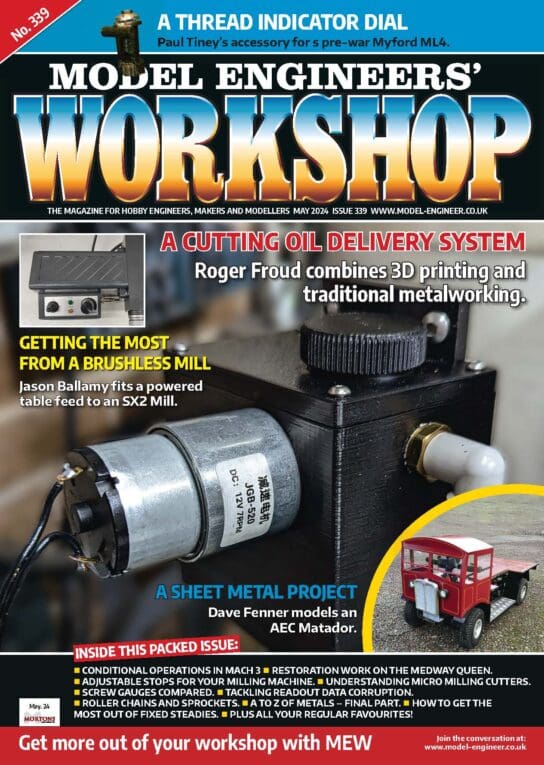Turning wheel flange taper on a myford ml7
Turning wheel flange taper on a myford ml7
- This topic has 15 replies, 8 voices, and was last updated 15 April 2024 at 12:08 by
 Hopper.
Hopper.
Viewing 16 posts - 1 through 16 (of 16 total)
Viewing 16 posts - 1 through 16 (of 16 total)
- Please log in to reply to this topic. Registering is free and easy using the links on the menu at the top of this page.
Latest Replies
Viewing 25 topics - 1 through 25 (of 25 total)
-
- Topic
- Voices
- Last Post
Viewing 25 topics - 1 through 25 (of 25 total)
Latest Issues
Latest Replies
- New mill user, what do I need to start.
- Roman Dodecahedron
- Strange electric motorfault.
- DIY surface grinder
- Workshop hoover
- How to provide a retaining fit for a parallel pin on a 5″G loco valve gear
- Bar bending when threading
- Boxford Belt Slipping
- Firth Valve Gear
- Needing Help Identifying Threaded Chuck Fitting


